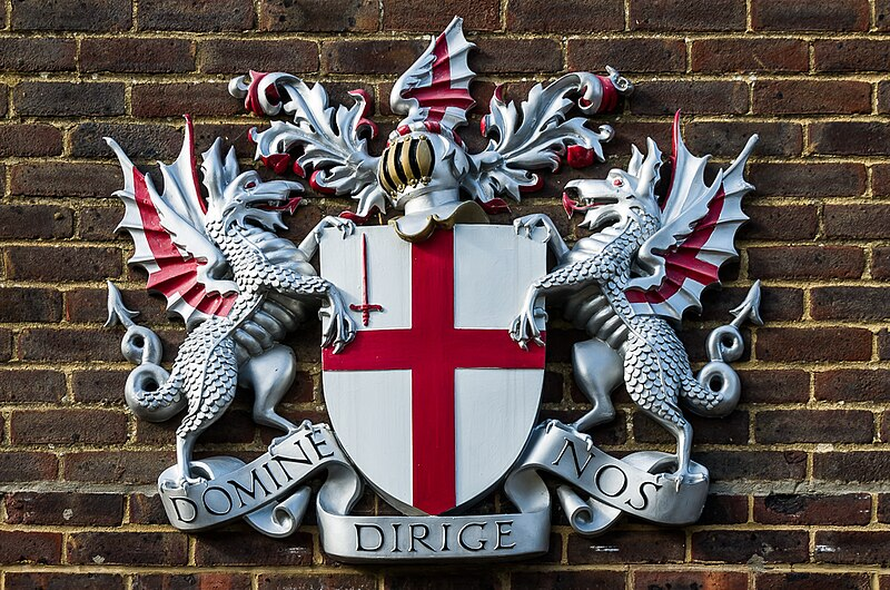The ward lists of the City of London

Despite residing in the City since the seventeenth century, the dragons do not get to vote.
The City of London Corporation is not like other councils. We’ve blogged about it twice before, in 2017 and 2021. Today’s post takes a slightly deeper look at its unique franchise and electoral register, known as ‘ward lists’.
The story so far
In the beginning, the City of London was created. Well, almost. London’s Square Mile has been holding elections for longer than the UK Parliament, and claims to be “the oldest continuously-running local democracy in the world”. The City has a unique two-chambered structure: the Aldermen, who are elected in ones and twos throughout the year, and the Common Council, which is elected every four years in Mid-March. The next Common Council election will take place on 20 March 2025.
Electoral registers
The City has three registers:
-
The electoral register used for Parliament, London Assembly and the Mayor of London. This is maintained in the usual way, and voters can apply via the GOV.UK portal.
-
The Common Hall Register of Liverymen, used for Lord Mayor and Sheriff elections. These are the membership lists for livery companies.
-
Ward lists, used for Alderman and Common Council elections. This is the register we’re concerned with at the moment.
Elections
The City of London Corporation has a unique franchise which allows workers based in the City to vote. This is justified on the basis that its small residential population (8,600) is dwarfed by its worker population (600,000). Sole traders or partners can register as individuals, while employees can get a vote via their employer. Each firm appoints voters using a formula based on the number of employees they have in their City-based office on 1 September each year; the City hosts a calculator on its website.1 As an example, a firm with 150 employees can register up to 12 voters. It’s important to stress that it is the workers, rather than the firms, who vote, and the ballot is secret.
What proportion of the electorate are workers isn’t clear, but in 2017 the BBC reported it as two thirds. Residential voters are focused in a small number of wards; in 2017, one councillor estimated that her ward of Coleman Street contained only four residents (the same number as the ward has councillors).
Alongside its unique franchise, the City’s ward lists have been unaffected by any of the more recent reforms to registration elsewhere. While registration for all other UK elections is a rolling affair, where potential voters can apply at any time, the City of London’s Ward Lists are published only once a year. Voters must register to vote by 30 November, with the final Lists published by 15 February. A successful registration does not persist between registers, so voters must register anew each year. The ward lists come into effect on 16 February, and are valid for the entire year, regardless of whether the voter moves home or job in that time.2
To facilitate this the City of London has its own registration portal, which voters access using a unique passcode. More information about the registration process can be found on the ‘Speak for the City’ website.
The City’s total electorate at the 2022 elections was 20,000, with an average turnout in contested wards of 32.4%. Voter ID requirements do not apply to these elections.
Why not stand?
If you live or work in the City of London, why not consider standing for election to the Common Council? It’s got a lot of power and (unlike some other local authorities) a lot of money. The City needs candidates: at the last election in 2022, six wards were uncontested. More information can be found on the City’s website.
🐉🛡🐉
-
For businesses up to 50 people: one voter per five workers. For businesses over 50 people: ten voters plus one for every 50 additional workers. See the Wardmote book for more information. ↩
-
Thus the register is already two and a half months old by the time it is published, and three and a half months old by the time of the Common Council elections in March. A by-election which took place on 15 February would be held on a register which was 440 days old. Fortunately the City allows postal voting. ↩